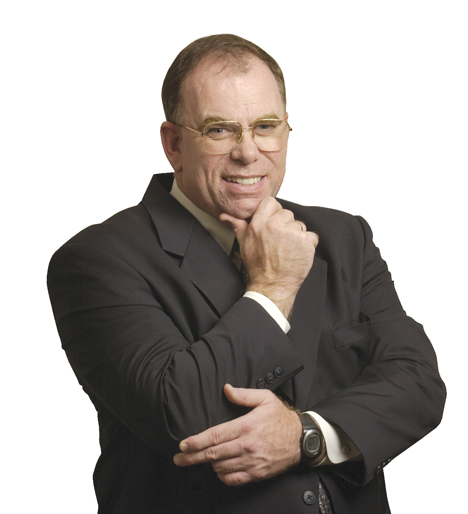
It’s hardly a secret that eldercare services in this nation are in a state of flux.
The average age of nursing homes in most metro markets has surpassed 30 years. Assisted living operators are mixing and matching non-traditional services in an effort to find the best-possible recipe. Continuing care retirement communities and independent living options have been multiplying faster than Kumon prodigies. And there is unprecedented pressure from federal, state and local officials to expand the use of home- and community-based services.
And all this is happening before the much-anticipated baby boomer age wave hits our shores.
It’s relatively easy to develop ad-hoc options that offer a temporary fix. But what about the longer path ahead: that time when the full impact of an unprecedented influx of help-seeking seniors actually arrives?
It’s premature and perhaps unwise to predict with unqualified certainty how things will play out. There are simply too many unknowns.
That noted, it probably doesn’t hurt to listen to what the people with the most information, insight and brains have to offer.
For my money, few people fit that bill here as well as Andrew Carle. He’s an assistant professor and founding director of the Program in Assisted Living/Senior Housing Administration at George Mason University in Fairfax, VA.
During a keynote presentation at the recent McKnight’s Online Expo, he addressed what’s coming – and how eldercare professionals should contemplate their future. (FYI, the entire presentation is still available in our archive at www.mcknights.com)
Carle noted that there are two key questions when it comes to providing care and housing to the elderly: Who will take care of them and where will they live?
As for caregivers, Carle suggests a “Golden Triangle” solution.
Congregate staffing will be one leg of the triangle. This can be done by grouping available workers in facility-based environments.
Another part of the answer is incorporating “nana technology.” That means utilizing things that allow seniors to remain independent longer and make congregated labor more productive. He suggests these could be used in areas such as health, safety and dementia monitoring.
Congregate housing is the final piece. He calls for owners and operators to create housing models where seniors will actually want to live.
According to Carle, the bottom line is that people age 65 or older will represent 1 in 5 U.S. citizens in the next two decades.
“They will be ready to embrace new technologies, new forms of retirement and new forms of senior housing,” he predicts.
Customers may be ready to embrace change. What about you?
From the May 01, 2008 Issue of McKnight's Long-Term Care News




